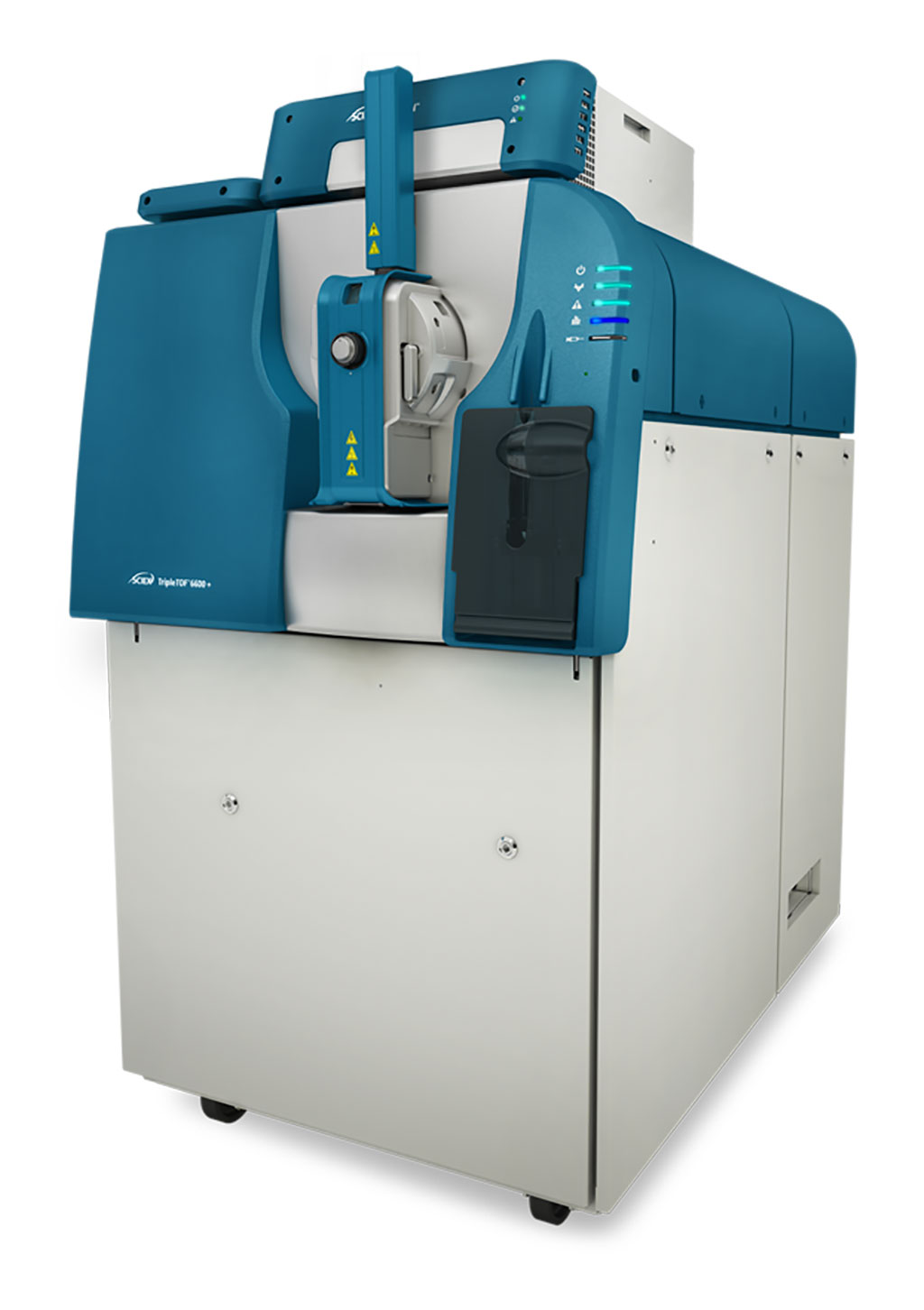Proteins Linked to COVID-19-Associated Inflammatory Syndromes
Posted on 10 May 2022
COVID-19 associated acute respiratory distress syndrome (COVID-19 ARDS) is one of the major manifestations of the severe cases, characterized by hypoxemic respiratory failure with bilateral lung infiltrate, as well as multi-organ dysfunction and extensive microthrombus formation.
A minority of children with COVID-19 present with an unexplained multisystem inflammatory syndrome termed ‘multisystem inflammatory syndrome in children’ or MIS-C, also known as the Pediatric Multisystem Inflammatory Syndrome Temporally associated with SARS-CoV-2. Signs of MIS-C manifested 2 to 4 weeks after the SARS-CoV-2 infection, showing similar clinical features to Kawasaki disease and toxic shock syndrome.

A large team of Clinical Scientists at the Murdoch Children’s Research Institute (Melbourne, Australia) and their colleagues characterized the underlying mechanisms associated with severe COVID-19 phenotypes in children (MIS-C and COVID-19 ARDS) and how their plasma proteomic pathways differ from healthy children. Blood samples from SARS-CoV-2 infected children with MIS-C or COVID-19 ARDS were collected from children at the Necker–Enfants Malades Hospital (Paris, France) in 2020. Blood samples from healthy children were collected, processed and stored at −80 °C prior to the COVID-19 pandemic.
Mass Spectrometry proteomics to determine the plasma proteins expressed in healthy children pre-pandemic, children with multisystem inflammatory syndrome (MIS-C) and children with COVID-19 induced ARDS. Information Dependent Acquisition and SWATH Acquisition using a 6600 TripleTOF mass spectrometer (Sciex, Framingham, MA, USA) coupled to an Eksigent Ultra-nanoLC-1D system (Eksigent Technologies, Dublin, CA, USA) was employed for both IDA and SWATH-MS analysis.
The scientists uncovered 76 proteins that were differentially expressed across the groups as well as 85 proteins that were specific to MIS-C and 52 specific to ARDS. These protein sets highlighted the roles of the complement activation and coagulation pathways in both inflammatory syndromes as well as suggested the involvement of Fcγ receptor and B-cell receptor activation in MIS-C as well as heme scavenging and retinoid metabolism in COVID-19-related ARDS.
The authors conclude that they had observed complement activation and coagulation dysregulation in children with MIS-C and COVID-ARDS with additional contribution of FcGR and BCR activation in MIS-C and they suggest the scavenging of haem and retinoid metabolism in COVID-19 ARDS. The study was published on May 2, 2022 in the journal Nature Communications.
Related Links:
Murdoch Children’s Research Institute
Necker–Enfants Malades Hospital
Sciex
Eksigent Technologies














